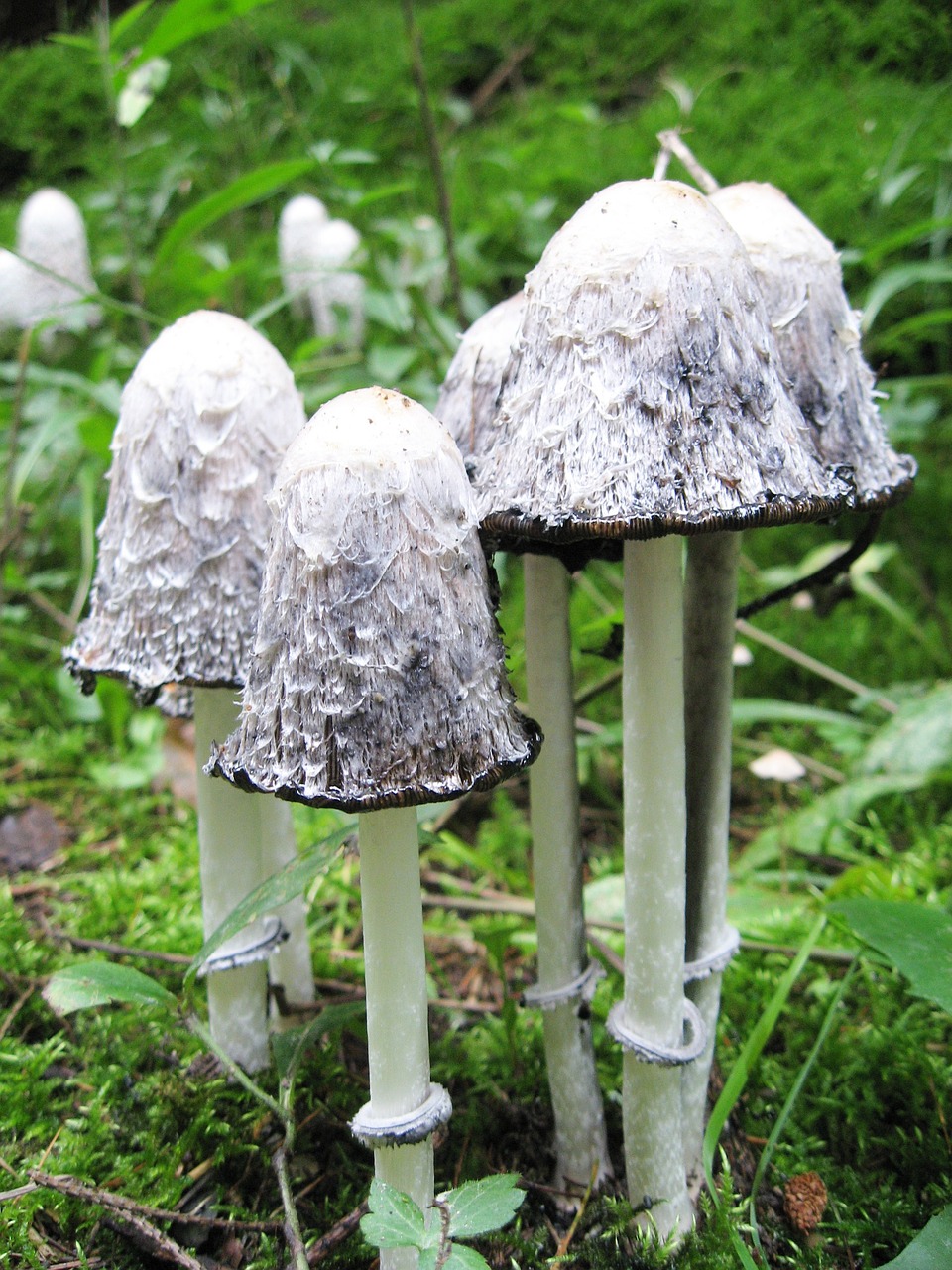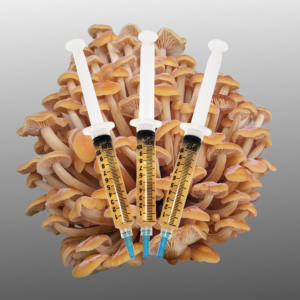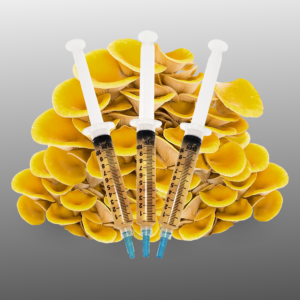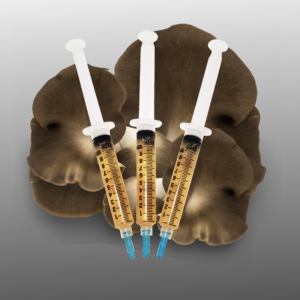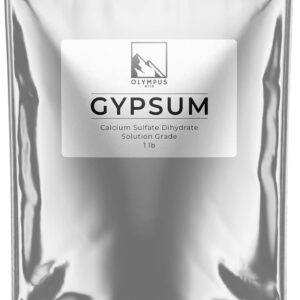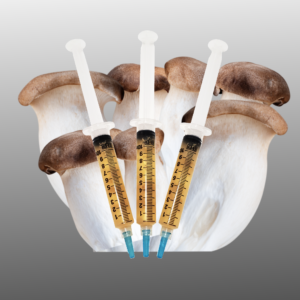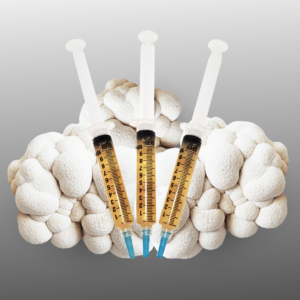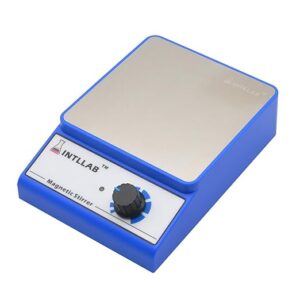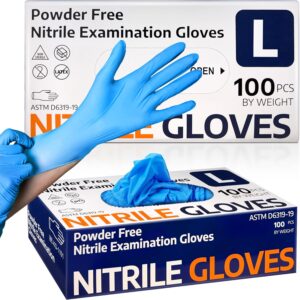Unraveling the Mystique of Ink Cap Mushrooms
In the vast kingdom of fungi, few specimens ignite as much fascination and intrigue as the ink cap mushrooms, scientifically classified under the Coprinus genus. These mushrooms have earned their colloquial name due to a mesmerizing yet fleeting transformation that captivates the observer.
A Journey Through History: Unveiling the Transformation
Throughout history, references to ink cap mushrooms have woven through various epochs, adding to the mystique surrounding these captivating fungi. One of the earliest mentions traces back to the medieval period when the esteemed herbalist Hildegard von Bingen documented a peculiar mushroom believed to be the Coprinus comatus, affectionately known as the Shaggy Mane.
In the 19th century, the ink cap’s ephemeral nature and its unique cap-to-ink transformation captured the attention of mycologists. Renowned naturalist Elias Magnus Fries meticulously chronicled its fascinating lifecycle, paving the way for further exploration into the realm of these mushrooms.
Unlocking the Secrets: Identification and Lifecycle
Identifying ink cap mushrooms requires a keen eye for their distinctive features. The Shaggy Mane (Coprinus comatus), for instance, boasts a tall, shaggy white cap that undergoes a remarkable metamorphosis, transforming into a black, inky substance as it matures. Similarly, the Common Ink Cap (Coprinopsis atramentaria) exhibits similar transformations with smaller, bell-shaped caps.
The ink produced by ink cap mushrooms is composed of a mixture of melanin, other pigments, and spores. As the cap matures and begins to liquefy, enzymes break down the mushroom’s tissues, releasing the melanin and pigments stored within the cells. Additionally, as part of their reproductive process, the gills beneath the cap release spores. These spores are dark in color, contributing to the overall dark hue of the ink that forms as the mushroom matures.
Culinary Exploration: Delving into Edible Varieties
While the Shaggy Mane is celebrated for its culinary allure, caution must prevail due to its brief edible window. It’s advisable to harvest when young and firm, as the cap begins to liquefy shortly after reaching maturity. Sauteeing or preparing in cream-based sauces accentuates its delicate flavor, but immediate consumption is key for an optimal gastronomic experience.
Conversely, the Common Ink Cap is not recommended for consumption due to its potential interaction with alcohol, which can lead to adverse reactions in susceptible individuals.
Safety First: Navigating Considerations and Precautions
Foraging and consuming wild mushrooms demand utmost caution. Seeking guidance from experienced mycologists or consulting reputable field guides is essential for accurate identification. Additionally, it’s crucial to consider personal allergies, sensitivities, and potential interactions with alcohol before indulging in mushroom exploration.
Ink cap mushrooms stand as a testament to the transient beauty and intricacies within the fungal realm. From medieval herbals to modern mycological studies, these captivating fungi continue to intrigue and inspire, beckoning us to unravel the secrets hidden within their transformative nature.
-
Golden Enoki Liquid Culture
-
Golden Oyster Liquid Culture
-
Grey Oyster Liquid Culture
-
Gypsum Powder for Mushroom Substrate (1 lb)
-
King Oyster Liquid Culture
-
Lion’s Mane Liquid Culture
-
Magnetic Stirrer/Mixer w/stir bar (No Heat) Stirring Capacity: 3000ml
-
Media Storage Bottle – Borosilicate Glass – (500ml – 2pcs)
-
Medical Nitrile Exam Gloves, Latex-Free & Powder-Free Non-Sterile Food Safe Cleaning Disposable Glove, 100 Pcs

